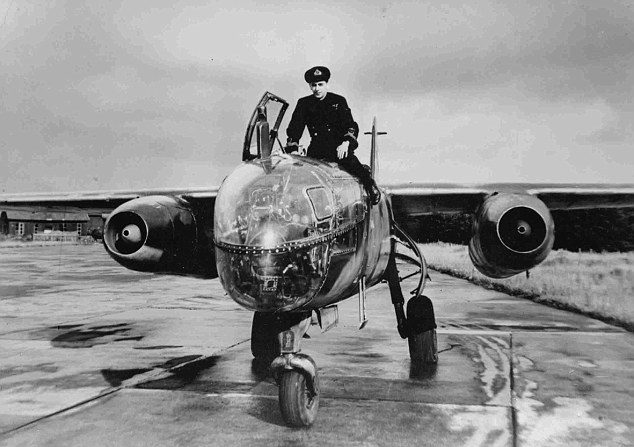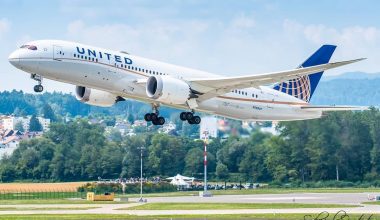Air travel has come a long way in the past 100 years. The evolution of airports has closely mirrored this growth. From the early beginnings of mail planes and biplanes to today’s gleaming international hubs, airports have seen dramatic change over time! In this article, we’ll explore some key moments in aviation history that shaped our modern airports.
The Evolution of Airports
Airports have changed dramatically over the years. From simple landing strips to complex hubs of travel and commerce, airports have gone from being built in the middle of nowhere to being located in the center of cities. They’ve also evolved from small and simple to large, complex, and full of amenities.

The first airport was established in 1909 at Toulouse-Blagnac Airport in France by Louis Bleriot (who also invented airplanes). The first American airport opened its doors on May 17th, 1924 at Mines Field near Los Angeles California, it later became known as Los Angeles International Airport (LAX) when it moved into its current location in 1928.
Also Read: Elevation of Flying
The Early Days of Air Travel
The early days of air travel marked a period of significant progress, with numerous individuals working tirelessly to transform the idea of flying into a reality. While the Wright brothers were among the first to achieve this goal, it would take several years before commercial airlines could take flight and become accessible to the general public. In 1914, the first-ever passenger flight departed from Kinloch Field in St Louis, Missouri, but it did not travel very far. That same year, Charles Lindbergh completed his historic solo flight across the Atlantic Ocean from New York City to Paris (with several stops along the way). Four years later, in 1918, commercial airlines began providing services between cities such as Boston and New York City. However, these flights were short-lived and lasted only around 30 minutes because of the shortage of pilots who knew how to fly planes safely over long distances at that time.
Do you wanna find a comprehensive collection of resources that will help you create a well-researched and engaging essay on the fascinating history of air travel? So, find topics ideas for essay on Paperap and start exploring the fascinating history of air travel.
World War II and the Post-War Boom
The post-World War II era saw an increase in air travel, with the GI Bill providing veterans with education benefits that allowed them to pursue careers as pilots. During this time, there was also a rise in international travel as countries competed against each other during the Cold War and Space Race.
In addition, the airline industry underwent a transformation from propeller to jet aircraft. The first commercial jetliner, a Boeing 707, entered service in 1958.

The Boeing 707 was the first commercial jetliner, and it entered service in 1958. In 1965, Boeing introduced the first wide-body aircraft, which could carry more passengers over longer distances.
The Boeing 747 was introduced in 1970 and became the most popular wide-body aircraft. It was followed by the Airbus A300, which entered service in 1974. The 1990s brought an increase in low-cost carriers like Southwest Airlines and Ryanair, which offered cheap flights to people who had never traveled by plane before.
The Mid-Century Shift
The mid-century shift was a time of big changes in airports. The first jetliner was introduced in 1952 and air travel boomed, with more than 100 million passengers traveling by plane each year by 1960. Airports were being built to accommodate this growing number of passengers, many of whom were flying for the first time.
Also Read: Evolution of Airplanes: Da Vinci to Jumbo Aircraft
The 1950s and 1960s saw a boom in airport construction across America. Some estimates place the number of new airports at more than 500 during this period alone!
The Age of the Jet
The jet age began in the 1950s when commercial flights were first introduced to the public. Jet travel was faster than propeller aircraft and more comfortable for passengers. It also allowed for more efficient use of fuel and made it easier for planes to take off from shorter runways. In addition, jets were more reliable than their predecessors because they had fewer mechanical problems with their engines or other parts that could fail mid-flight.
Jet airplanes are still used today by many airlines around the world. However, they’ve been joined by newer models like turboprops (which have propellers) as well as supersonic planes like Concorde–the fastest civilian airliner ever built!
The New Millennium & Beyond
In the new millennium, airports have begun to evolve into more efficient and technologically advanced hubs. For example, airports are currently in the process of automating many of their services and processes so that they can be streamlined and more cost-effective. In addition to this, airports are also becoming greener by incorporating solar panels and electric vehicles into their infrastructure.
In terms of efficiency: today’s airports are able to handle more passengers than ever before. In fact, some estimate that by 2040 there will be over 1 billion people traveling through them annually! Some major hubs like Dubai International Airport already handle over 75 million passengers each year, this number is expected only to continue growing as air travel becomes easier than ever before thanks to technological advancements such as self-check-ins via mobile devices (or even face recognition).
While airports have changed dramatically throughout the years, they continue to evolve and improve.
Airports are constantly evolving and improving. They are a good example of how technology is changing the world, as well as how people are trying to improve the environment and make travel easier.
Also Read: Evolution of Aircraft Engines
In the past, travel reports were only available for those who could afford to travel. Today, anyone with a smartphone can access them and get information about any place in the world. This level of access has been made possible through improvements in technology and infrastructure as well as greater efforts by governments to make travel easier for their citizens.

Travel apps are great examples of how technology is changing the world. They have made it possible for travelers to get information about any place in the world on their smartphones. This level of access has been made possible through improvements in technology and infrastructure as well as greater efforts by governments to make travel easier for their citizens.
Conclusion
Airports have been evolving for decades, but they are still at the forefront of innovation. The next decade will likely see even more changes as airports continue to improve their services, technology, and infrastructure. While it’s hard to predict what exactly these changes will look like, one thing is certain: airports will continue their long history of innovation as we enter a new era of air travel.






